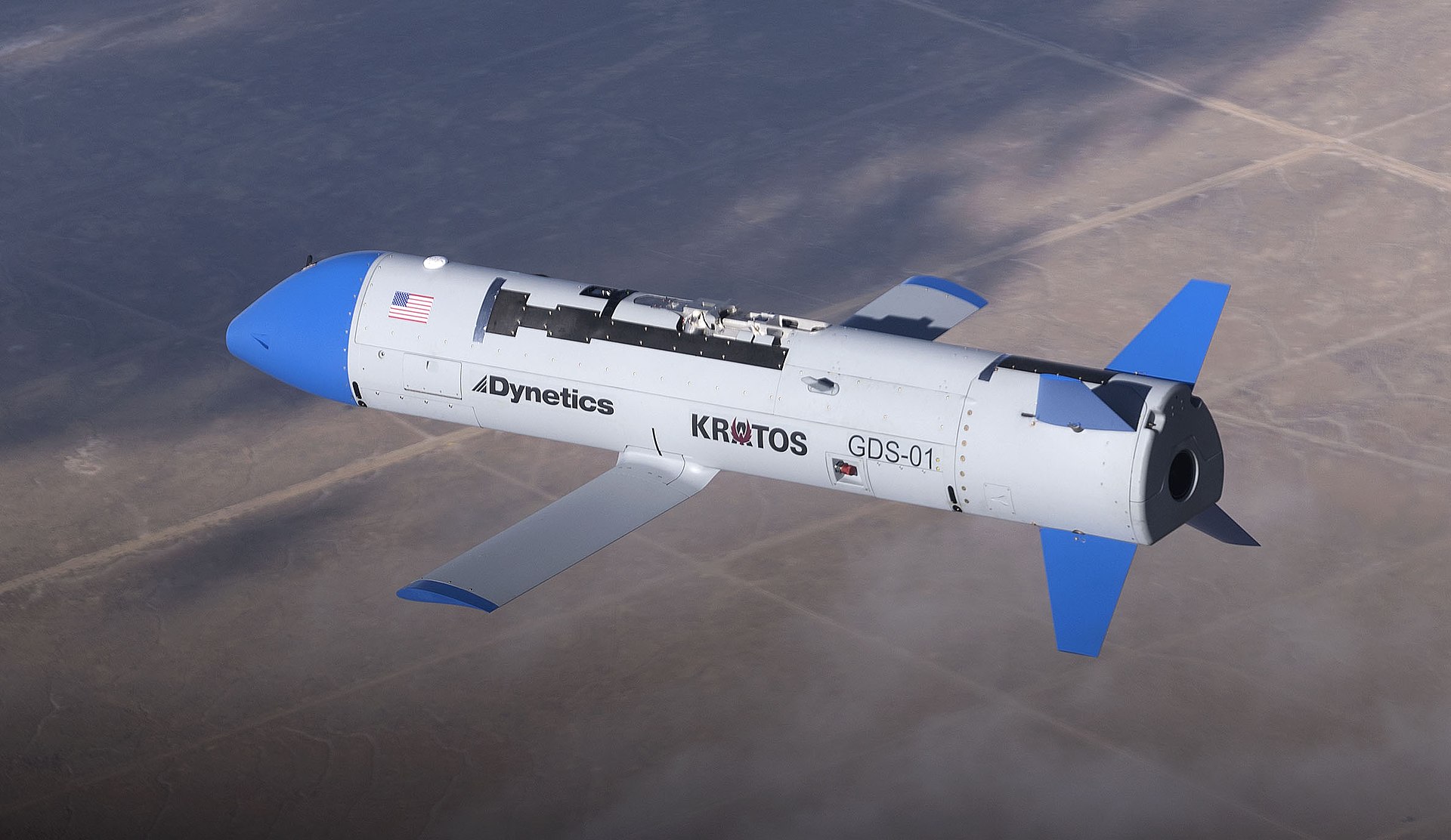
X-61A Gremlin UAV ⒸDARPA
An aerial carrier (aircraft carrier) refers to an aircraft whose main task is to launch and store aircraft during flight. The characteristics and advantages of air carriers are not much different from existing maritime carriers that operate over the sea. Since it does not use a fixed aerodrome, it maximizes the range, operational flexibility, and strategic maneuverability of the aircraft. Even compared to existing maritime carriers that can only operate above sea, aerial carriers can fly anywhere, whether on the ground or at sea, thus increasing the flexibility of aircraft operation.
For that reason, unexpectedly, construction of aerial carriers has been attempted for a long time, and some of them have been put into practical use. It can be said that the US’s Akron-class airship and the Soviet Union’s TB-3 are representative aerial carriers that have reached the commercialization stage.
However, compared to maritime carriers, practical use is very small. Airborne carriers are because the carrier itself must also fly, and in order to carry a sufficient number of carriers while also flying, the carrier itself must inevitably be very large, and this will reduce fuel economy, survivability in case of emergency, and other operational efficiency. In fact, the aforementioned Akron-class airship is the subject of only five aircraft, and the hull length is more than three times that of the Boeing 747. In addition, when an aerial carrier flies at high speed, turbulence is generated around it, which significantly increases the difficulty of the transfer. For that reason, air carriers are mostly found in games and cartoons, but many people don’t even know that there were aerial carriers that were actually used.
However, a new technology that was unthinkable has dramatically increased the reality of aerial carriers. It is an unmanned aerial vehicle technology controlled by artificial intelligence. Since the UAV does not require a pilot to ride, the size of the aircraft can be made as small as possible. This would allow a larger number of unmanned aircraft to be carried on even a relatively small aerial carrier. In addition, since high-performance artificial intelligence, not humans, is in charge of the control, even when it is difficult to manipulate the transfer ship due to the turbulence caused by flying the aerial carrier, it can cope with much better than humans.

X-61A Gremlin ⒸDARPA in testing on C-130 aerial carrier
Maximizing the advantages of UAVs by realizing an aerial carrier
The U.S. Dinetics’ UAV X-61A, which will be introduced today, also emerged from this idea. Of course, the main aviation force of the U.S. military so far is manned aircraft. However, the ability of the United States to detect and intercept potential enemies is advancing. In order to cope with this, the U.S. military manned aircraft had no choice but to develop defensive capabilities such as stealth performance. This has led to a side effect of explosive increase in the cost of design, acquisition and operation of aircraft, as revealed in the recent controversy over the F-35. Therefore, if some of the manned aircraft are replaced with a much more survivable and inexpensive unmanned aerial vehicle system, the US military can reduce costs by that amount. And if these manned aircraft can be operated on an aerial carrier, they will have even higher operational flexibility.
To reach this goal, the Defense Advanced Research Planning Agency (DARPA) launched the Gremlin program. Large manned aircraft such as bombers and transport aircraft, as well as small manned aircraft such as fighter aircraft, are used as air carriers for launching ships. Making is the ultimate goal of this program. In addition, UAVs that are good for an aerial carrier must be re-used after maintenance within 24 hours after the aerial carrier lands on the ground.
The UAV’s life cycle is aimed at only about 20 Sotti. However, since it is such a short-lived aircraft, the design, acquisition, and maintenance costs can be much lower than that of manned aircraft. In particular, considering the fact that once a manned aircraft is bought, it must be operated for several decades. It is also natural, but it can also be used in missions that are too dangerous to be carried out as a manned man.

The Defense Advanced Research Planning Agency (DARPA) has launched the Gremlin program. ⒸDARPA
In 2016, DARPA signed the first contract of the Gremlin program with four companies including Dinetics. Dinetics has signed a contract for the 3rd term, which was held in 2018. Dinetics’ X-61A Gremlin, which made its first flight in November 2019, has been manufactured so far. It has a maximum take-off weight of 680 kg, a maximum payload of 65 kg, a length of 4.2 m and a width of 3.5 m. Equipped with one Williams F107 turbofan engine, it has a speed of Mach 0.6 and a range of 560 km. Electro-optical sensors, infrared imaging equipment, electronic warfare systems, and weapons can be mounted. It is possible to launch and recover from the ground as well as the aerial carrier. As it is a semi-autonomous flight type, one pilot can remotely control up to 8 aircraft simultaneously on an aerial carrier or on the ground.
X-61A has been tested three times to date. The first test was carried out on board an aerial carrier (C-130). In the second test, a safe aerial rendezvous and formation flight with an aerial carrier was conducted. In the third trial, which is currently in progress, a good ship is also being conducted on aerial carriers. Through the Gremlin program, DARPA provides technical fields such as UAV technology in aerial carriers, equipment and aircraft integration concepts, low-cost short-life aircraft design method, high fidelity analysis technology, precision digital flight control technology, and relative navigation and positioning technology. Will develop. In addition, through demonstration of concept flight demonstration, the performance, responsiveness, and economics of the modular non-physical payload (including information, surveillance, and reconnaissance equipment) of the X-61A operated on aerial carriers will be examined.
[관련 동영상]
(270)
